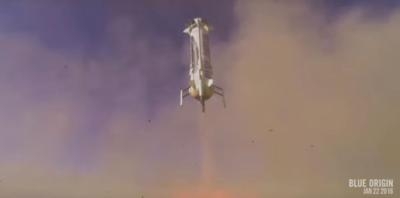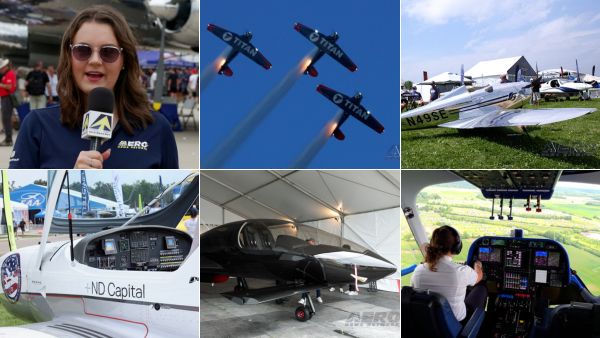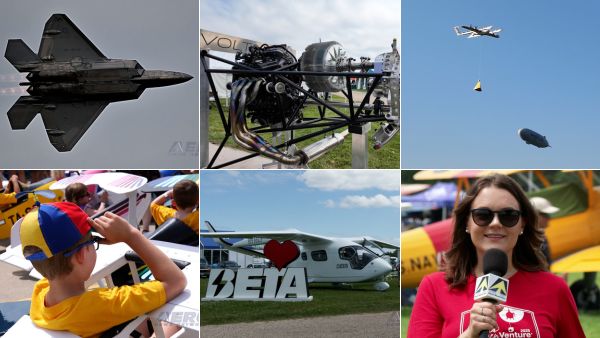Sat, Jan 23, 2016
Advertisement
More News
 Airborne 07.22.25: MOSAIC Released!, Able Flight, SUN n FUN 26
Airborne 07.22.25: MOSAIC Released!, Able Flight, SUN n FUN 26
Also: Airbus Acubed Wayfinder FlightLab, Lightspeed Zulu 4, Pelton On Issues Plaguing GA For the better part of a decade and certainly before the last several years in particular, >[...]
 Airborne 07.23.25: VoltAero, Bud Anderson Remembered, WomenVenture, Beta
Airborne 07.23.25: VoltAero, Bud Anderson Remembered, WomenVenture, Beta
Also: Wing Delivers, Stralis/Aviate Enterprises, EAA’s Youth Programs, EAA’s Impressive Museum And Aircraft Collection VoltAero’s HPU 210 hybrid propulsion unit i>[...]
 ANN's Daily Aero-Term (07.26.25): Downburst
ANN's Daily Aero-Term (07.26.25): Downburst
Downburst A strong downdraft which induces an outburst of damaging winds on or near the ground. Damaging winds, either straight or curved, are highly divergent. The sizes of downbu>[...]
 ANN's Daily Aero-Linx (07.26.25)
ANN's Daily Aero-Linx (07.26.25)
Aero Linx: Air Charter Safety Foundation (ACSF) The Air Charter Safety Foundation is a 501c3 non-profit organization. Founded in 2008, our mission is to lead and support the advanc>[...]
 Airborne 07.24.25: Spirit SE-1!, H55 eFlyer, King Schools
Airborne 07.24.25: Spirit SE-1!, H55 eFlyer, King Schools
Also: Centauri Aircraft Valkyrie, Meet the Admin, Night Airshow, Pelton Intv'w When we laid eyes on this critter, we fell in love… and then we learned the amazing story of t>[...]
blog comments powered by Disqus




